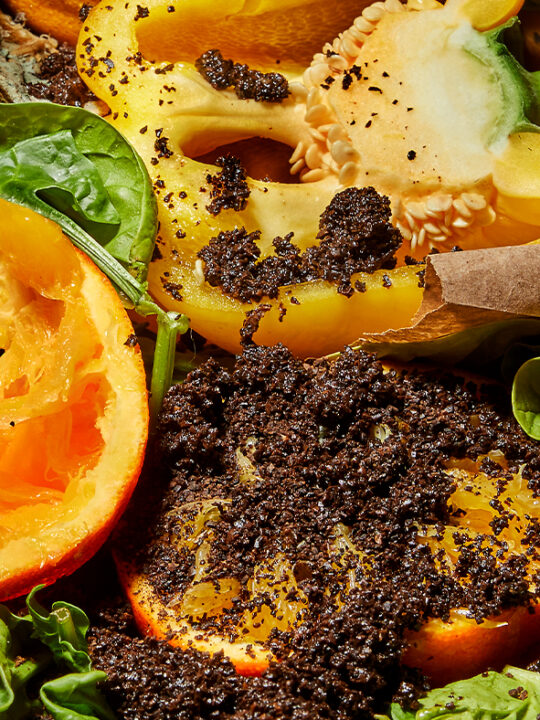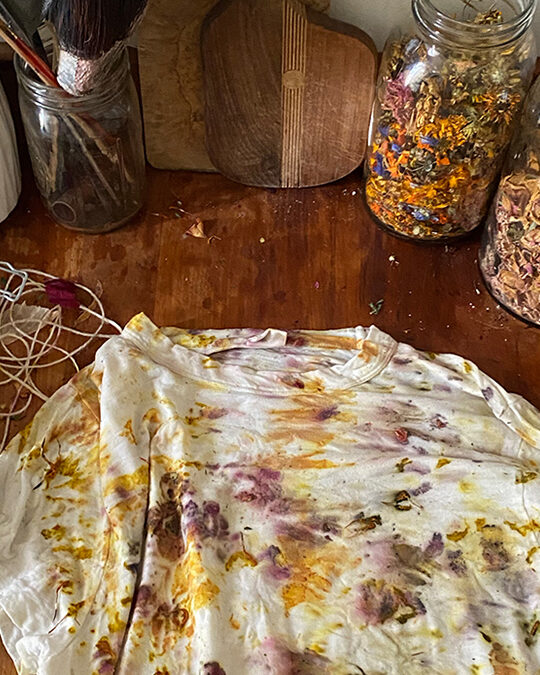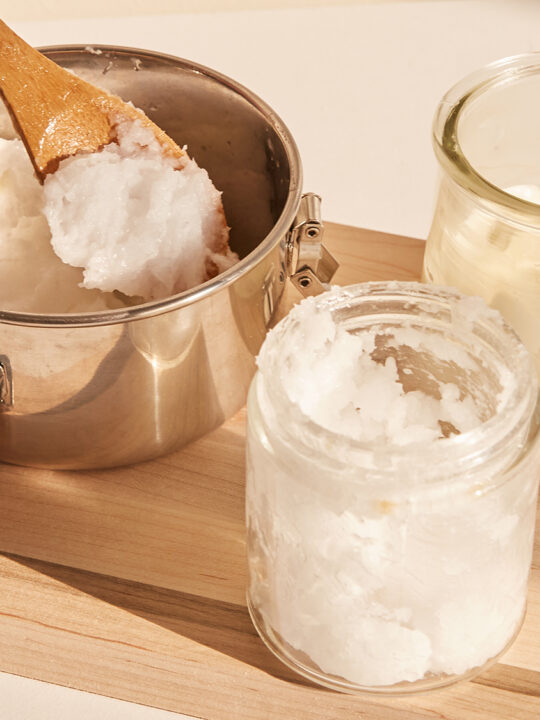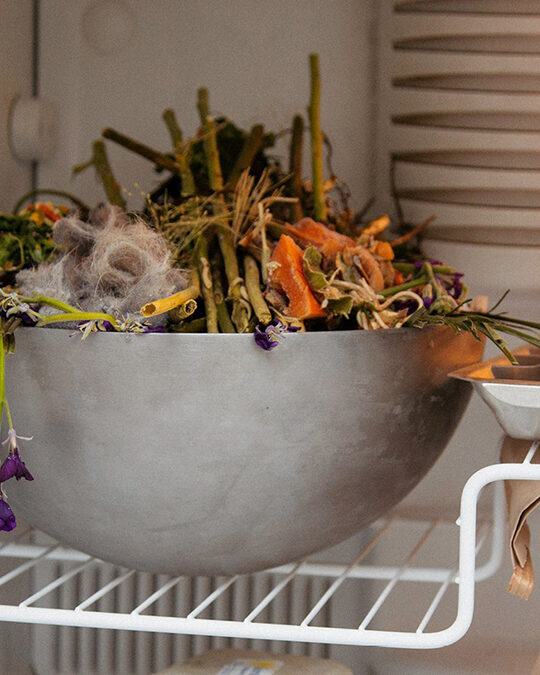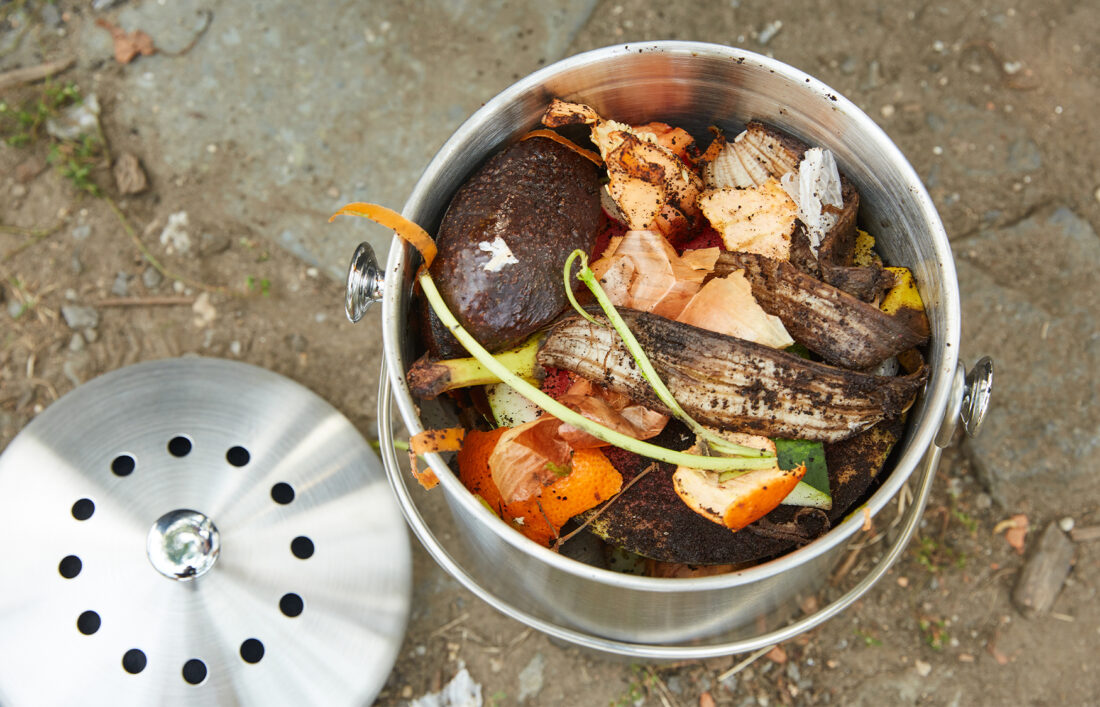
I absolutely LOVE composting because it is one of the best actions that individuals can take to have a more positive impact on the planet and it’s changing climate. Why? Composting is a great way to reduce methane emissions that are released when food is thrown into landfills. Learn more about why methane is bad here. So let’s dig deeper. How does composting work and how on earth does a banana peel go from being a piece of fruit to nutrient rich soil?!?
To help answer that question, I visited our friends at the LES Ecology Center to tour their composting facility located in the East River Park of New York City, and to get a better understanding of the work that they’re doing.
Let’s dig into it…
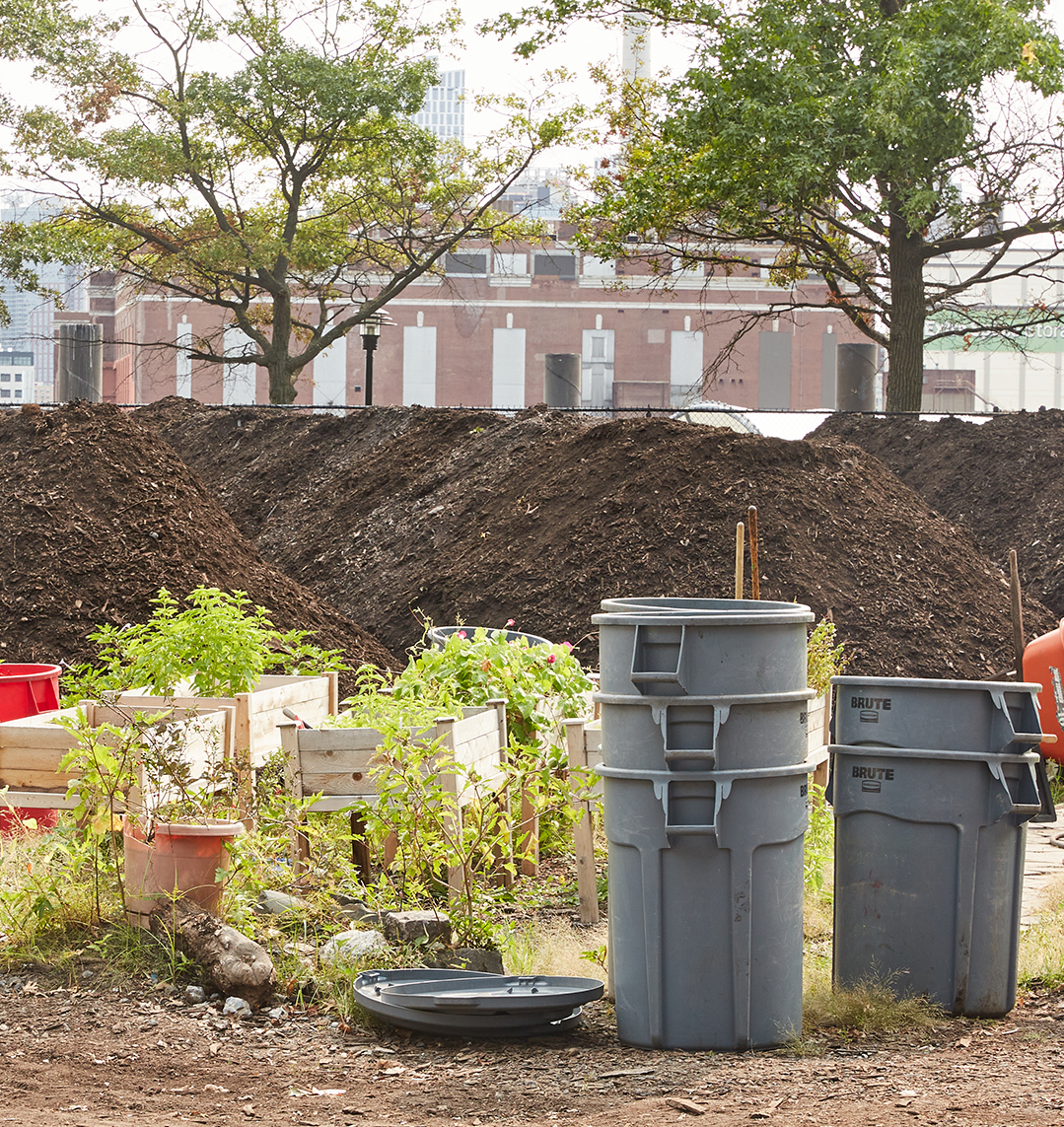
Q: Can you give us a quick history lesson of the LES Ecology Center and a rundown of the work that you’re doing today?
Back 1986 (which by the way, was six years before NYC established a citywide recycling program), Christine and Clyde, two community members of the Lower East Side, started a grassroots recycling initiative to help recycle paper, metal, glass, and plastic for the community. Eventually, in 1990, the recycling program was extended to accept food scraps. In other words, community members were now able to drop off their fruit and vegetable peelings for recycling, along with their bottles and cans.
Over the course of three decades, the Ecology Center has grown to be one of the largest composters in New York City, which helps divert over 800,000 pounds of food scraps from landfills each year!
In 2003, the Ecology Center expanded the recycling program once again, to accept electronic waste as well—which has helped increase access to responsible disposal of e-waste in the city and has diverted 1,000,000 pounds of unwanted electronics from landfills every year since launching.
The Ecology Center also helps reconnect New Yorkers with nature through cleanup and gardening events, by being stewards of the East River Park, and by offering educational programs focusing on composting, climate change, and urban ecology.
To learn more about the LES Ecology Center’s incredible work in urban sustainability, head to www.lesecologycenter.org.
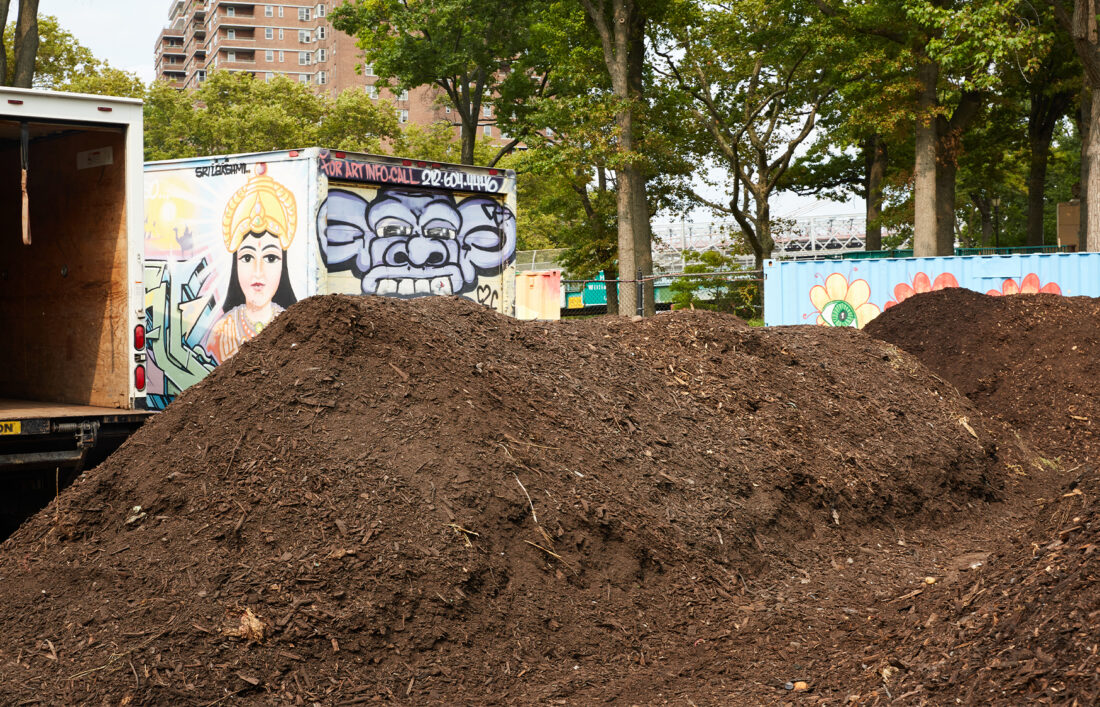
Q: Can you highlight the environmental benefits of composting?
When we throw away our food scraps, paper, cardboard, and other biodegradable materials into the trash, they are forced to decompose in landfills without the presence of oxygen. In doing so, methane is created—which is an incredibly powerful warming gas that is contributing to climate change is a very serious way. Learn more about methanes’ impact on the environment here! When we compost, microbes, fungi, worms, and other critters are able to decompose the organic material aerobically (aka with oxygen)—so methane is not created.
Another neat aspect of the Ecology Centers’ model is that we operate hyper locally/ In other words, we only collect food scraps within a 2 miles radius of our composting site, which reduces any environmental footprint that our operation has. All of the finished compost that we generate on the site is also either used in the East River Park itself to help rebuild its soil, or it is donated to community gardens, local schools, or other surrounding parks. It’s truly a unique closed loop way of managing food waste for the Manhattan community.
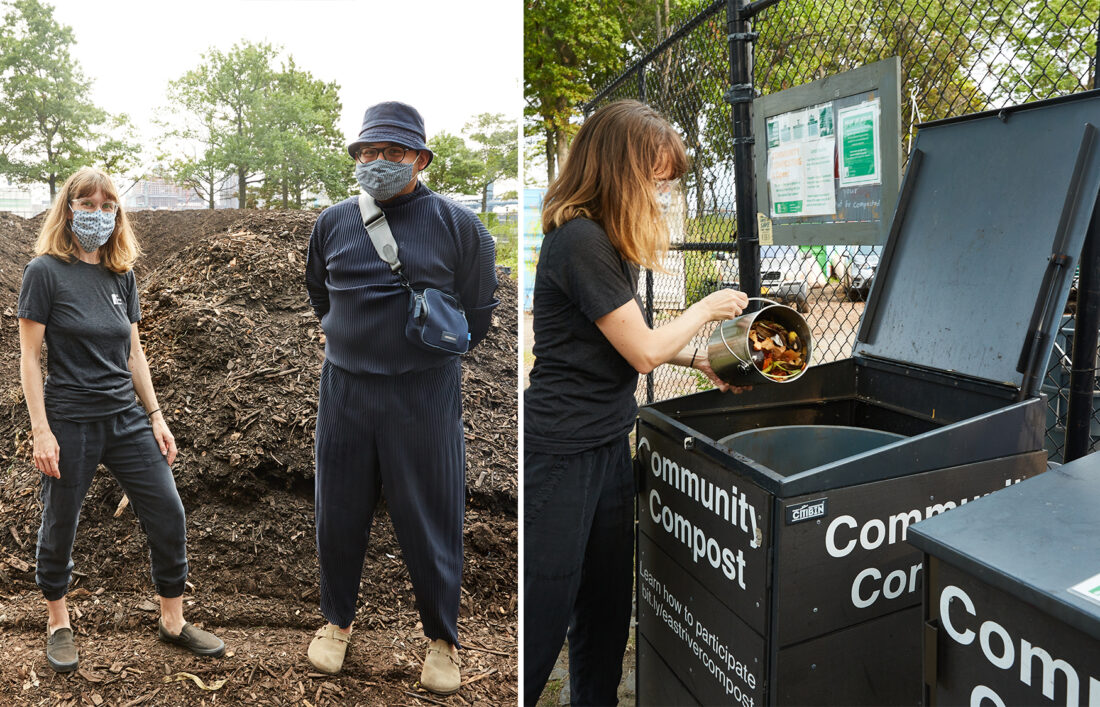
Q: How do your programs help connect to the local community?
During the pandemic, as composting programs throughout the city started to shut down, it became very apparent how important access to food recycling programs is for New Yorkers. During this time, we’ve been able to provide value to our local community by providing the opportunity for people to compost their food scraps at our drop off sites, and by providing educational resources to help them figure out their own home composting system if they want to do so.
On the tail end, as previously mentioned we donate our finished compost back to the community. And in non-pandemic times, we helped New Yorkers reconnect with nature by providing workshops on composting and environmental topics and offering volunteer opportunities for hands on experiences with composting.
And as a pioneer of community-based urban sustainability, the Ecology Centers food waste recycling program has also served as inspiration for countless other groups across the country to start programs of their own—so our local initiative has impacted communities far outside of the Lower East Side, which is amazing to see.
Q: Can you walk us through the composting process, step by step?
Step 1
The first step is collecting the food scraps. They’re picked up by truck from local farmer’s markets and drop off sites—which are all within a 2 miles radius of the composting site.
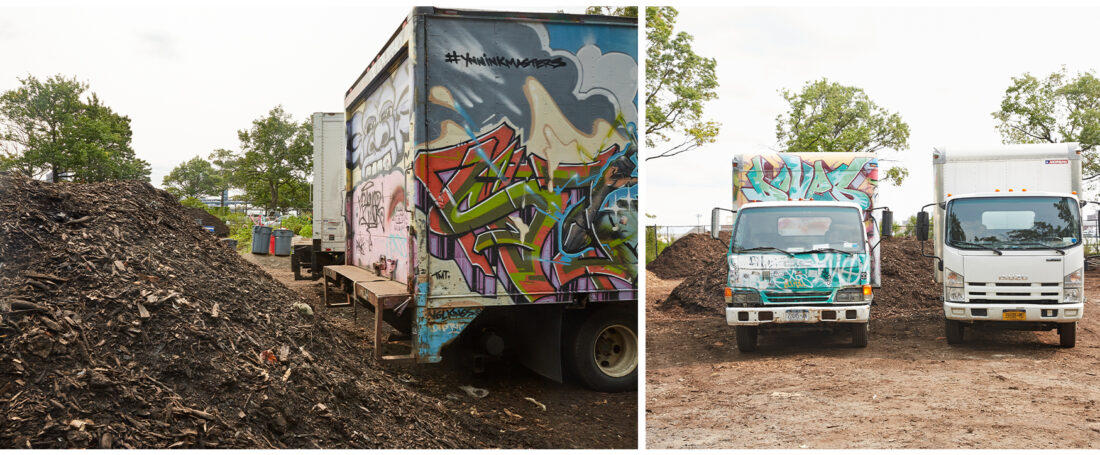
Psst. Looking for a compost bin? Meet our new Package Free compost bin! It has a vented lid, an odor absorbing carbon filter, and a handle so that you can easily transfer your compost to your backyard compost bin, to your drop off location. Plus, 10% of the proceeds from the sale of the compost bin through October 17th will benefit the LES Ecology Center—which makes the impact of composting even more positive!
Step 2
Once the food scraps are brought onto the composting site, they’re blended together with wood chips—which is the Ecology Center’s secret compost recipe (well, it’s not so secret anymore!)
Composting is all about creating an ideal environment for decomposition to happen, which requires a mix of carbon and nitrogen. Food scraps (commonly referred to as “greens”) are nitrogen rich, whereas wood chips (commonly referred to as “browns”) are carbon rich. If you have too much or too little of either, the process doesn’t work and the pile will probably start to rot, so it’s all about finding the perfect blend.
Once they’re blended together, we form them into windrows (which is a fancy way of saying a pile). These windrows are then maintained over the course of 3 months by turning it on a regular basis. This helps to aerate the pile (remember, oxygen is key for organic materials breakdown!), ensures that it has enough moisture throughout the windrow, and helps regulate the temperature. You don’t want to pile to get too hot (heat is a natural byproduct of the decomposition process) because then the microbes will be killed off.
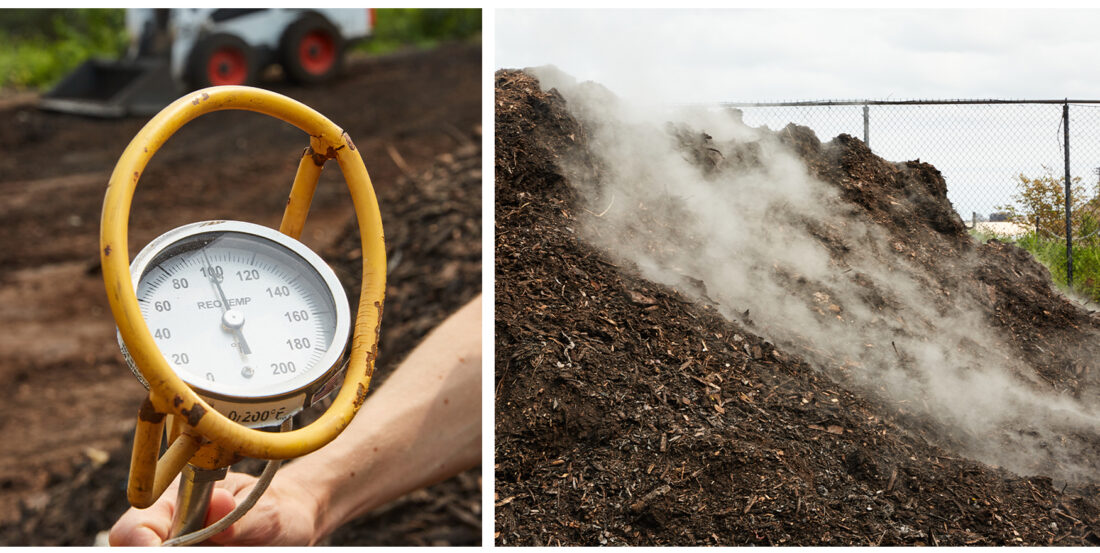
Psst. The smoke that you’re seeing is heat, which is naturally created during the decomposition process!
Step 3
After the initial 3 months, the piles enters the curing phase, where a whole new population of decomposers starts to break down any remaining food scraps.
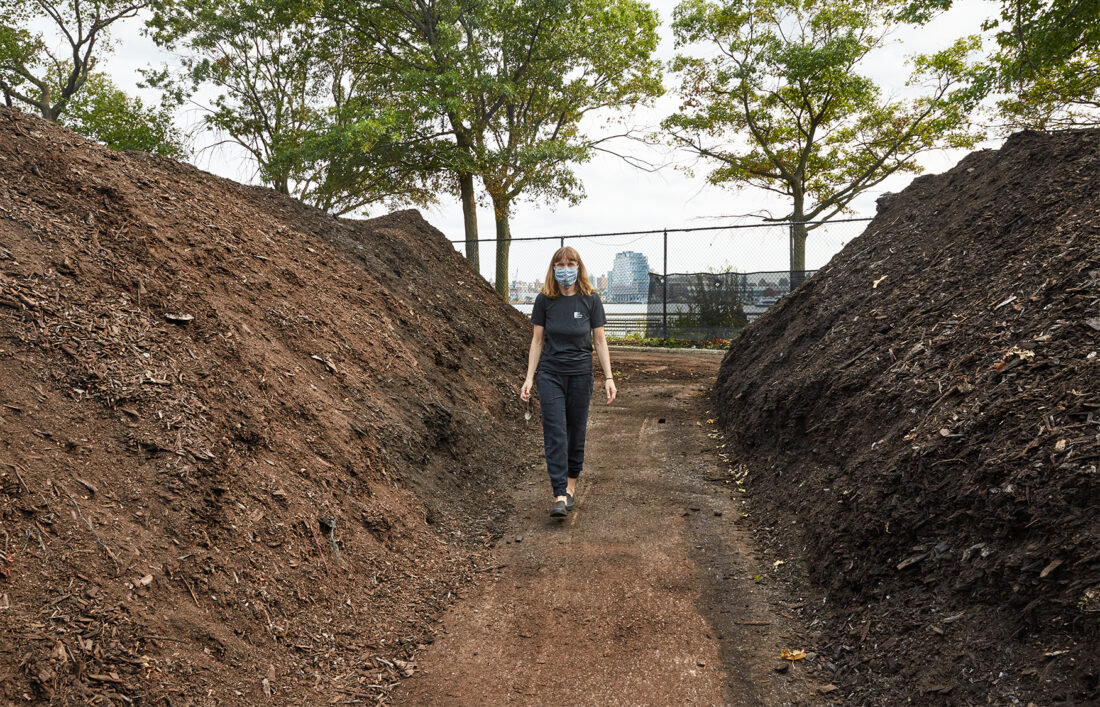
Step 4
After the compost is fully cured, the material is sifted to remove any contaminants out of the process (think: twist ties, fruit stickers, and any bulky wood chips).
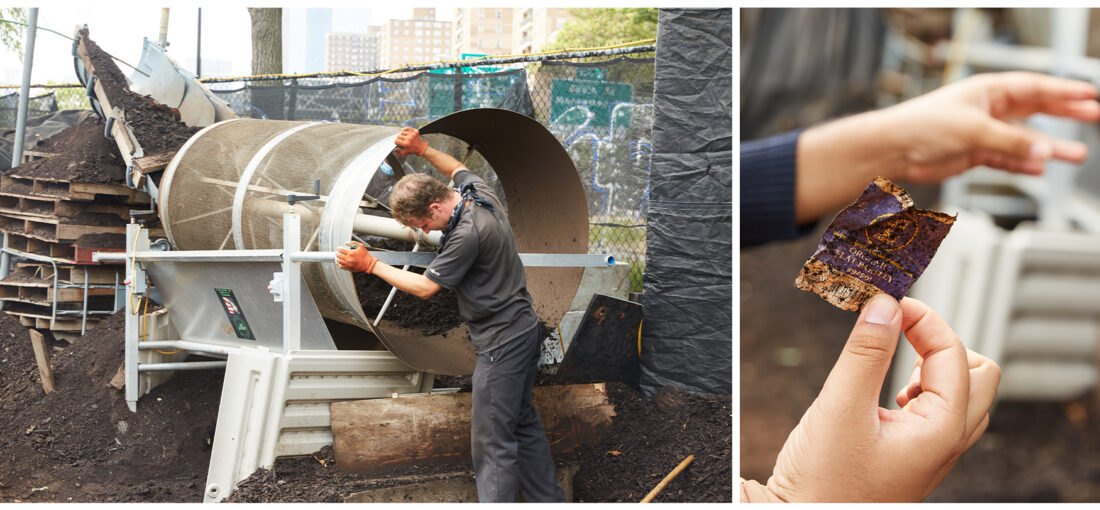
Step 5
Once the contaminants are removed, we’re left with the finished material, which is fine, decayed organic matter, that can be spread all over soil to improves its structure and promote fertility of the garden!
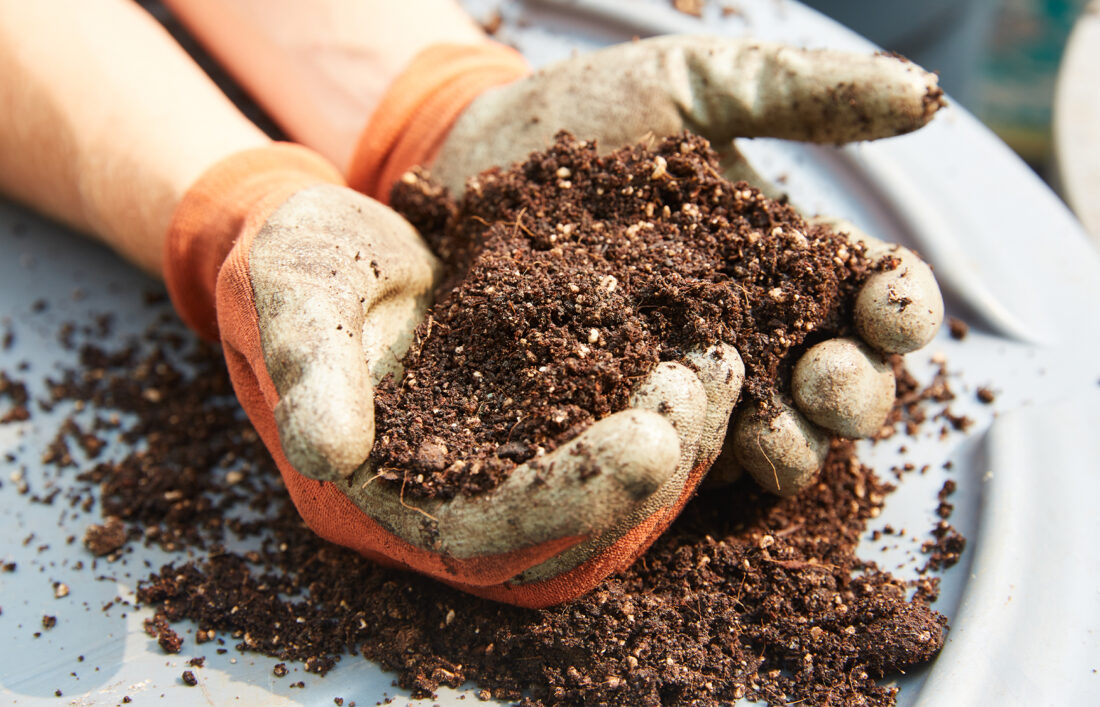
To learn more about LES Ecology Center, check out their website. Interested in compost yourself? Check out this article to learn about the different ways that you can compost at home!
